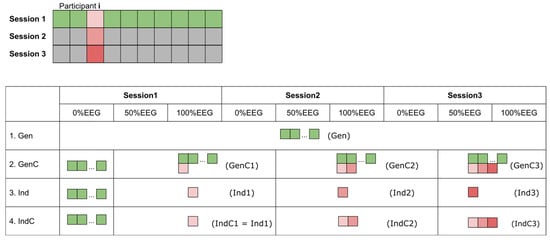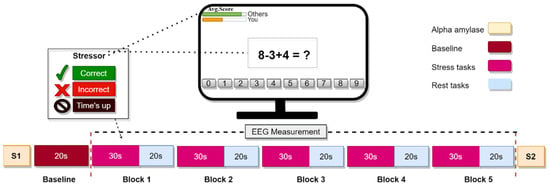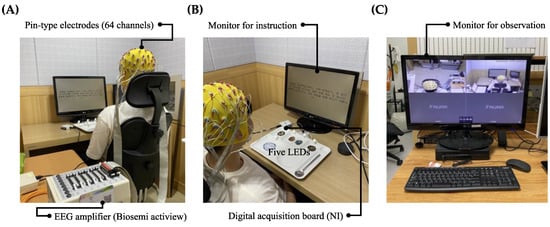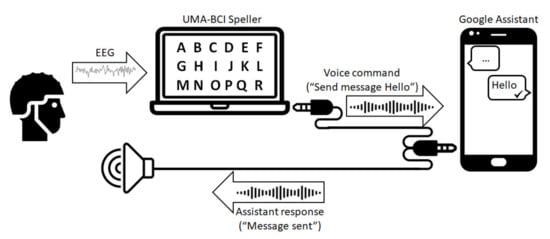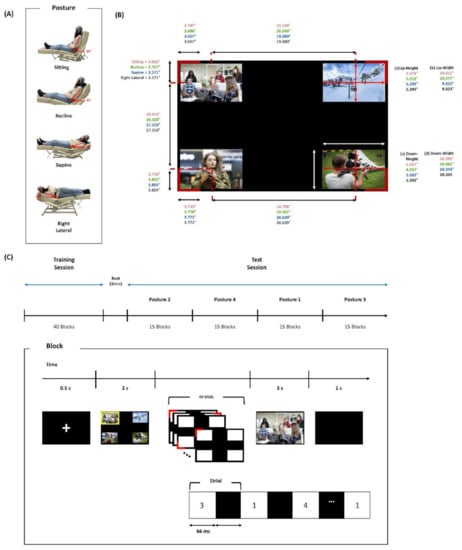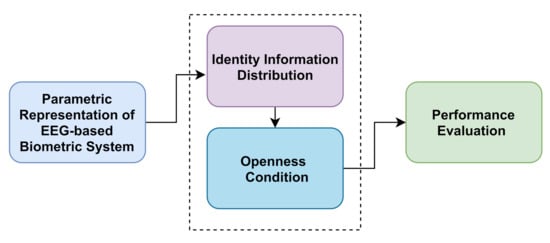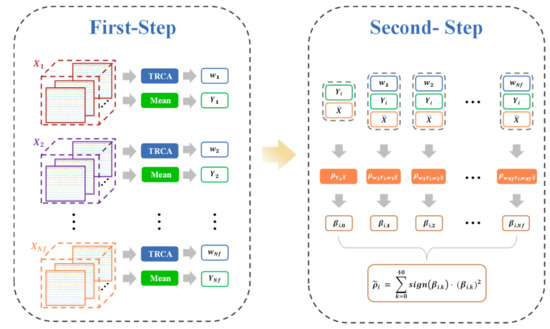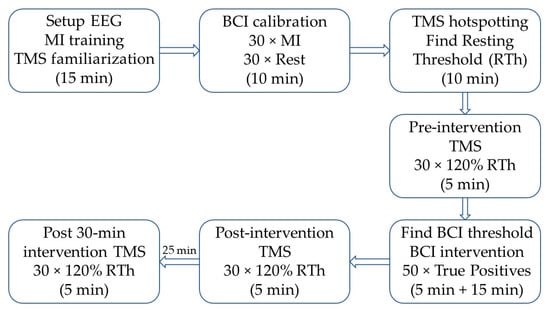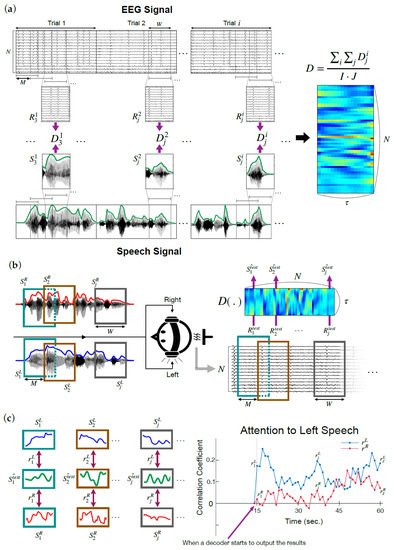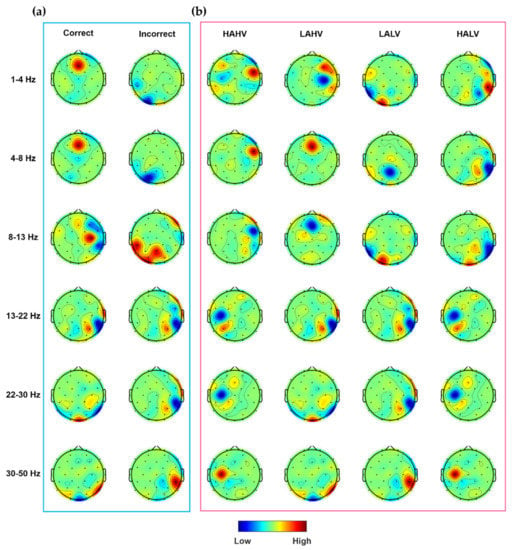EEG-Based Brain–Computer Interface for a Real-Life Appliance
A topical collection in Sensors (ISSN 1424-8220). This collection belongs to the section "Biomedical Sensors".
Viewed by 53745Editors
Interests: brain–computer interface; neuromodulation; focused ultrasound
Topical Collection Information
Dear Colleagues,
In the past several decades, Brain–Computer Interface (BCI) technology has been rapidly developed, with various applications that directly connect the brain and external devices. Specifically, EEG-based BCI technologies are capable of non-invasively monitoring neural activities with a high resolution, showing the possibility of being used to control various real-life devices. Therefore, there has been a steady shift in BCI from replacing and restoring useful functions in people with neuromuscular disorders to augmenting the functional performance of people with movement disorders and athletes and bringing the convenience of controlling real-life appliances and external devices to the general public.
This Topical Collection aims to bring researchers together to share recent developments and findings in BCIs to control real-life appliances and external devices such as wheelchairs, drones, and robots. These include but are not limited to development of sensors, sensing principles, sensor interfaces, decoding algorithms of intention in BCI, and application of the existing and novel methods in BCI for real-life appliance control, assistive and rehabilitation technologies for people with disabilities. This Topical Collection aims to place more emphasis on BCI in a real-life appliance and activities of daily living.
We look forward to receiving your contribution to this Topical Collection.
Dr. Hyungmin Kim
Dr. Song Joo Lee
Collection Editors
Manuscript Submission Information
Manuscripts should be submitted online at www.mdpi.com by registering and logging in to this website. Once you are registered, click here to go to the submission form. Manuscripts can be submitted until the deadline. All submissions that pass pre-check are peer-reviewed. Accepted papers will be published continuously in the journal (as soon as accepted) and will be listed together on the collection website. Research articles, review articles as well as short communications are invited. For planned papers, a title and short abstract (about 100 words) can be sent to the Editorial Office for announcement on this website.
Submitted manuscripts should not have been published previously, nor be under consideration for publication elsewhere (except conference proceedings papers). All manuscripts are thoroughly refereed through a single-blind peer-review process. A guide for authors and other relevant information for submission of manuscripts is available on the Instructions for Authors page. Sensors is an international peer-reviewed open access semimonthly journal published by MDPI.
Please visit the Instructions for Authors page before submitting a manuscript. The Article Processing Charge (APC) for publication in this open access journal is 2600 CHF (Swiss Francs). Submitted papers should be well formatted and use good English. Authors may use MDPI's English editing service prior to publication or during author revisions.
Keywords
- electroencephalography
- brain–computer interface
- non-invasive
- real-life appliance







